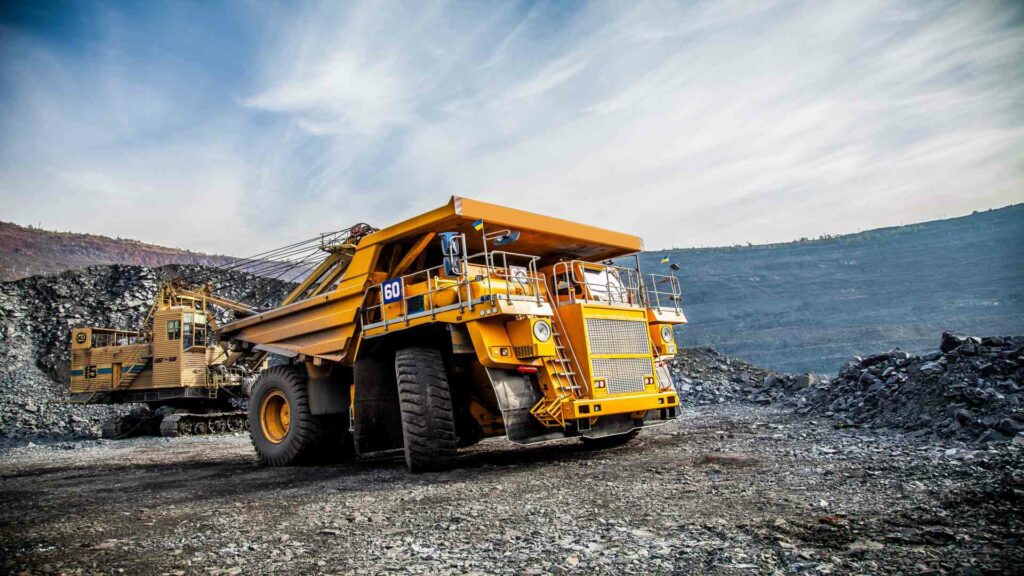How Mining Can Help Achieve Net-Zero Emissions
The mining sector has a key role in the transition to net-zero emissions. Although it currently accounts for just 4-7% of global emissions, it is one of the most energy-intensive industries, and its products are used in a wide range of other sectors. Reducing emissions from mining is essential if we are to meet our climate change goals.

Mining
Metals Supply for Green Technologies
A new report by the Bank of America has warned that a lack of action on metals supply could hamper the global transition to net zero. It found that many critical metals are at risk of being in short supply as demand for them increases in the coming years.
While markets have focused on copper and nickel, the report recognizes 27 metals, including aluminum, chromium, cobalt, molybdenum, manganese, steel, boron, silicon, and others. These raw materials are critical components in various applications, from renewable energy production to electric vehicles.
As the world looks to achieve net-zero goals, many necessary technologies have already been developed. However, many minerals and metals will be needed to scale up these technologies – far more than currently available.
For example, analysts estimate that between 2020 and 2030, demand for nickel could rise by 40%. Demand for lithium could also improve by 38% during this same period.
This supply-demand imbalance could hamper efforts to decarbonize the economy. Until mining capacity increases, the world may not be able to transition to cleaner energy sources as quickly as desired.
Mining Investment Needs to be Doubled for Decarbonization
We will need to significantly increase our investment in mining and raw materials to meet the climate goals. This is according to the Bank of America (BAC), which warned that the present level of metals required to reduce carbon emissions would not be sufficient.
According to the analysts, raw material industries are already tight and will tighten even more as demand for reduced-carbon technologies develops. They also stated that based on recent resource endowments and industry balances, it is unlikely to meet the 1.5 °C global warming goal by 2050.
Other Mining Strategies for Decarbonization
As the world looks to decarbonize to avert the worst effects of climate change, the mining industry will need to play its part. Fortunately, there are many different strategies that mines can adopt to reduce their emissions and help achieve global climate goals.
One such strategy is to switch to cleaner energy sources. This could mean investing in renewable energy sources like solar or wind power or using less energy-intensive methods for extracting minerals. For example, some mines are now using electric vehicles instead of diesel ones, which can significantly reduce emissions.
Another strategy is to focus on reclamation and rehabilitation efforts. This means ensuring that a mine is properly cleaned up and restored after a closed one. This can help reduce the impact of mining on local ecosystems and prevent greenhouse gases from being released into the atmosphere.
Finally, mines can also look to offset their emissions by investing in carbon-reduction projects elsewhere. This could involve planting trees or investing in clean energy technologies. By offsetting their emissions, mines can help make a real difference in the fight against climate change.
Mining Companies and Decarbonization
Mining companies have in the past been large polluters, responsible for a significant share of global greenhouse gas emissions. But as public awareness of climate change has grown, so too has pressure on the sector to clean up its act. In response, many mine operators are now examining approaches to decarbonization in their activities.
American Pacific Borates, now known as 5E Advanced Materials Inc. (NASDAQ: FEAM), is a relative newcomer, scheduled to begin mining Boron in 2023. The company has recently been awarded a license to extract the mineral at Fort Cady*, a strategically important mineral asset – and recognized by the US Government as ‘Critical Infrastructure’ by the Cybersecurity and Infrastructure Security Agency. It has a chance to set new standards for mining with its new production at Fort Cady. It will be interesting to see how the company sets out its stall for sustainable mining practices.
The company has started construction on its first small-scale boric acid facility (SSBF) at Fort Cady. The facility is scheduled to open in early 2023 giving the company technical experience in implementing its in-situ leach (ISL) mining to the colemanite raw – materials deposit at Fort Cady. This will pave the way for future large-scale operations at the site.
*Fort Cady is situated in Southern California and will unlock substantial value through boric acid. Boric acid has many applications in legacy including glasses, fertilizers, ceramics, detergents, and newer, quicker-growing applications that focus on decarbonization transitions. It also practices sustainable mining techniques, which will help it improve its relative value and economic returns.





